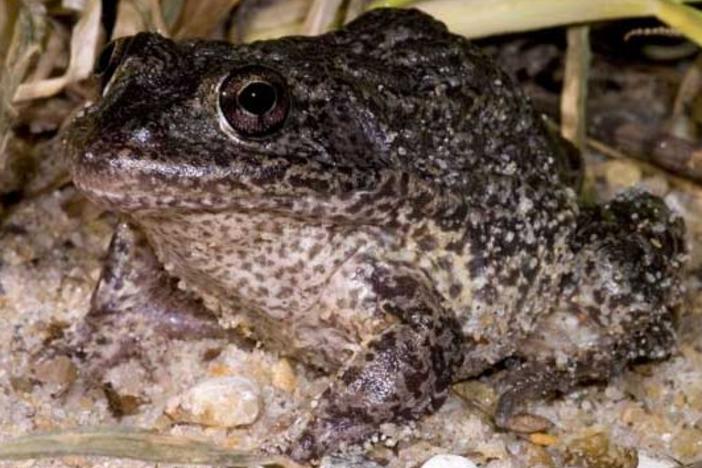

Mazama pocket gophers occur in woodland in Oregon, particularly in ponderosa pine communities, but they are absent from dense forest (Verts and Carraway 1999). They are otherwise essentially absent from forest habitats in Washington. This has most frequently been observed in Mason County. While they are most commonly found in areas with sandy or gravelly loam soils on land that historically was prairie they will move into sites with well drained soil where forest cover has been removed, including recent clearcuts. Mazama pocket gophers were historically widespread and abundant on the glacial outwash prairies of the southern Puget Sound region and they also occur on subalpine meadows of the Olympic Mountains (Dalquest 1948). They were also historically found around Tacoma (3), and in Wahkiakum County (8) but these may all be extinct. Mazama pocket gophers are currently known to be in Clallam (1), Mason (2), Pierce (4) and Thurston (5,6,7) counties (Figure 3). The species is currently represented in Washington by six existing subspecies (Figure 2). Several populations are sufficiently distinct to be described as separate subspecies, particularly those that are geographically isolated. Mazama pocket gophers are an important prey species for many predators, including hawks, owls, coyotes, and weasels, and their burrows provide retreats for many salamanders, western toads, frogs, lizards, small mammals, and invertebrates (Stinson 2005). Gophers also eat fungi and disseminate the spores of species that have an important role in facilitating plant growth. Perennial forbs are preferred over grasses, and fleshy roots and bulbs, such as camas ( Camasia spp.) are important when green vegetation is not available.

Mazama pocket gophers eat a wide variety of roots and above-ground plant parts. Their extensive excavations affect soil structure and chemistry, and their food caches and latrines enrich the soil, affecting plant community composition and productivity. Pocket gophers have been called ‘keystone species’ and ‘ecosystem engineers’ because they affect the presence and abundance of plants and other animals (Vaughan 1961, 1974 Reichman and Seabloom 2002). When pocket gophers have established a territory, they generally remain there, although they will shift their home range in response to seasonally wet soils. Gophers are believed to be generally solitary and exclude other gophers from their burrows except when breeding and when females have litters. They are frequently confused with moles, but moles do not have prominent teeth (Figure 2), and the soil mounds that they leave behind are dome-shaped while the mounds left by gophers are often lower and more irregular or fan-shaped. Pocket gophers spend most of their time within their system of burrows.
VIRTUAL FAMILIES 2 GOPHERS PATCH
talpoides) of eastern Washington in fur color, tooth and skeletal characteristics, and a larger dark patch of fur behind their ears.


It differs from the similar-sized northern pocket gopher ( T. In Washington, it is only found west of the Cascades. The Mazama pocket gopher is one of the smallest of 35 species in the pocket gopher family. In 2012, four subspecies were proposed for listing as Threatened under the Endangered Species Act (USFWS 2012). The Mazama pocket gopher was state-listed as Threatened in 2006.


 0 kommentar(er)
0 kommentar(er)
